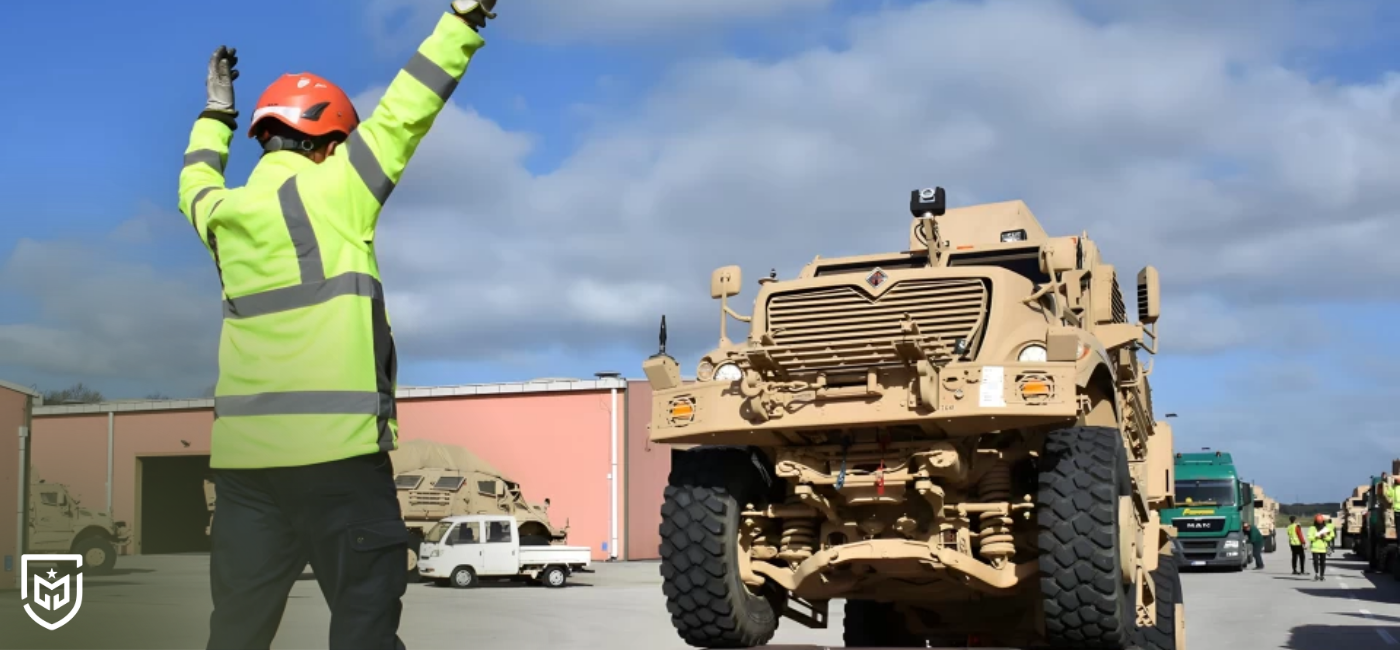

BREAKING NEWS

Russia’s invasion of Ukraine has not only reshaped regional security but also forced a rethinking of global military strategies. In this context, the US Army Materiel Command is leveraging insights gained from Ukraine to strengthen its preparedness for potential threats in the Indo-Pacific region. Major General Christopher Mohan, who oversaw the transfer of $13 billion worth of military equipment to Ukraine, stressed that valuable lessons were learned in equipment maintenance and sustainment.
One of the key takeaways is the adoption of the telemaintenance model. This system enables the maintenance and support of weapons and equipment remotely, reducing the need for on-site specialists. Such an approach is especially advantageous for American forces and allied nations operating across the vast Indo-Pacific theater. In addition, the integration of autonomous delivery systems—including drones, unmanned naval platforms, and robotics—into logistics and sustainment operations is being pursued.
Another central pillar of the new strategy is balancing stockpiling with rapid production. The wars in Ukraine and Gaza have highlighted the importance of this issue, particularly when it comes to maintaining operational readiness. The US Army’s Army Prepositioned Stocks (APS) program plays a vital role in ensuring that forces are equipped for large-scale exercises and potential conflicts. Mohan emphasized the need to carefully increase land-based equipment in the Indo-Pacific as part of this strategic adjustment.
Army acquisition chief Doug Bush has also drawn attention to the challenges of storing, transporting, and maintaining precision weapon systems, underscoring the costs and logistical complexities involved. This makes the stockpile-versus-production debate one of the Pentagon’s top priorities.
Ultimately, these new approaches—rooted in the hard-earned lessons from Ukraine—are shaping the future of US military strategy. By strengthening its presence and resilience in the Indo-Pacific, the US aims to enhance both regional security and its global deterrence posture.

Post Comment
Comments
No comments yet.
Related News
Leonardo Signs Multi-Year Support Agreement for Italian C-27J Spartan Fleet
Ukraine Officially Receives Homegrown Flamingo Long-Range Cruise Missiles
Turkey–Hungary Defense Cooperation Expands: Gidran Production and New Joint Projects Accelerate
New Era in Turkey–Egypt Defense Cooperation: AKREP and HAMZA-1 Unveiled at EDEX 2025
Turkey’s Defense and Aerospace Industry Breaks Export Record with $7.4 Billion in 11 Months
Türkiye’s National Air Platforms Continue Their Rise in Africa with 14 Contracts Across 7 Countries
Turkish RF Jammer Technology to Protect UN Armored Vehicles in African Operations
Major Success in SIPRI Ranking: 5 Turkish Defense Giants Enter the Top 100